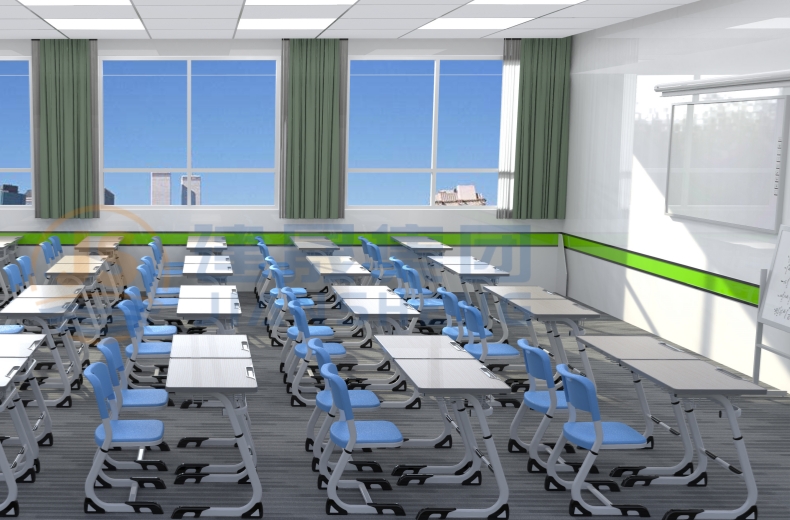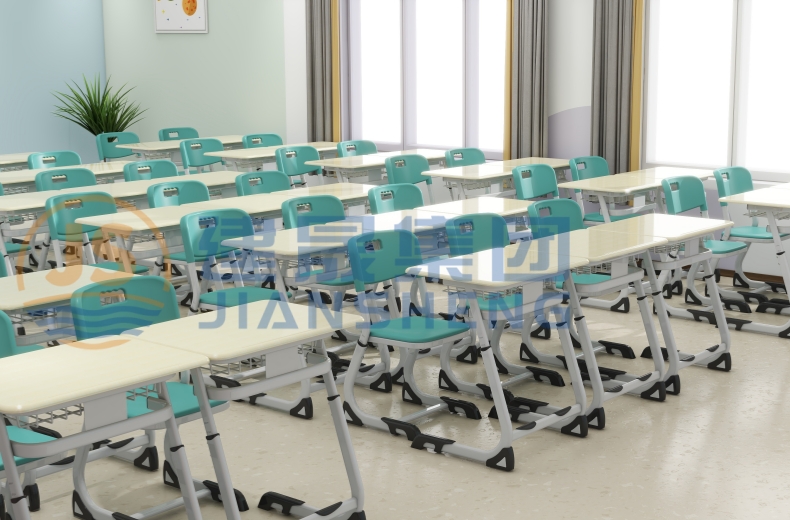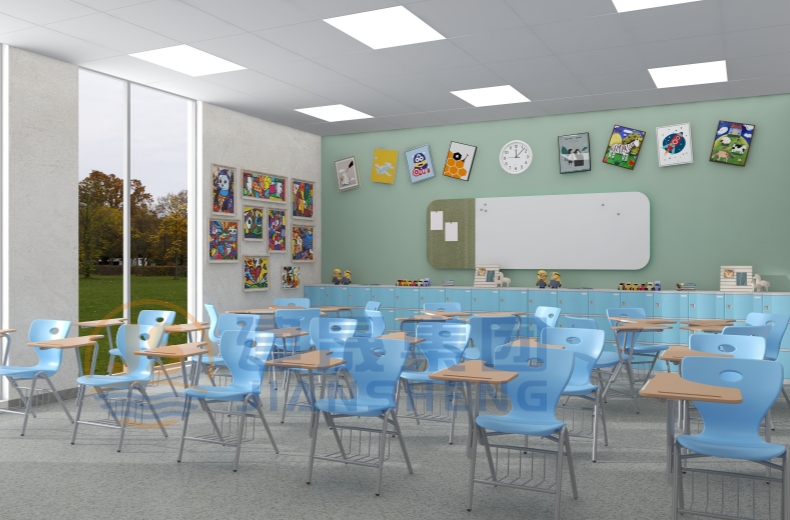- Home
- About Us
- Service
-
Solution
- Kindergarten Classroom
- Primary School Classroom
- Secondary School Classroom
- High School Classroom
- College Classroom
- Training Classroom
- Music Classroom
- Art Classroom
- Lecture Classroom
- Computer Classroom
- Library
- Principal Office
- Administration Office
- Meeting Room
- Reception Room
- Public Area
- Teachers' Office
-
Products
- Case Study
- News
- VR Designs
- Video Center
- JS Lab
- Contact Us

Revealing the environmental impact of school furniture materials and production processes
2024-05-13 22:00
Here's how you could approach revealing this impact:
1. Life Cycle Assessment (LCA): Conduct a comprehensive LCA of school furniture, analyzing its environmental impact from raw material extraction to manufacturing, transportation, use, and disposal. This would provide a holistic view of the furniture's environmental footprint.
2. Material Sourcing: Investigate where the materials for school furniture come from. Are they sourced sustainably? For instance, wood from responsibly managed forests or recycled materials can significantly reduce environmental impact compared to virgin materials.

3. Production Processes: Examine the manufacturing processes used to produce school furniture. Are they energy-intensive? Do they involve toxic chemicals? Identifying areas for improvement, such as transitioning to cleaner production methods or implementing energy-saving technologies, can reduce environmental impact.
4. Transportation: Consider the distance materials and finished furniture travel during the production and distribution process. Transportation contributes to carbon emissions, so sourcing materials locally or optimizing transportation routes can help minimize this impact.

5. Durability and Longevity: Evaluate the durability and longevity of school furniture. Longer-lasting furniture reduces the need for frequent replacements, thereby decreasing overall resource consumption and waste generation.
6. End-of-Life Management: Explore what happens to school furniture at the end of its life cycle. Can it be recycled or repurposed? Implementing take-back programs or designing furniture for easy disassembly and recycling can divert waste from landfills.

7. Environmental Certifications: Look for certifications such as Forest Stewardship Council (FSC) for wood products or Cradle to Cradle (C2C) for overall sustainability. These certifications can provide assurance that the furniture meets certain environmental standards.
8. Educational Initiatives: Engage students and staff in understanding the environmental impact of school furniture. Awareness-raising initiatives can inspire behavioral changes and promote a culture of sustainability within the school community.
By revealing the environmental impact of school furniture materials and production processes through these methods, educational institutions can make informed decisions to prioritize sustainable alternatives and contribute to a greener future.
Get the latest price? We'll respond as soon as possible(within 12 hours)







